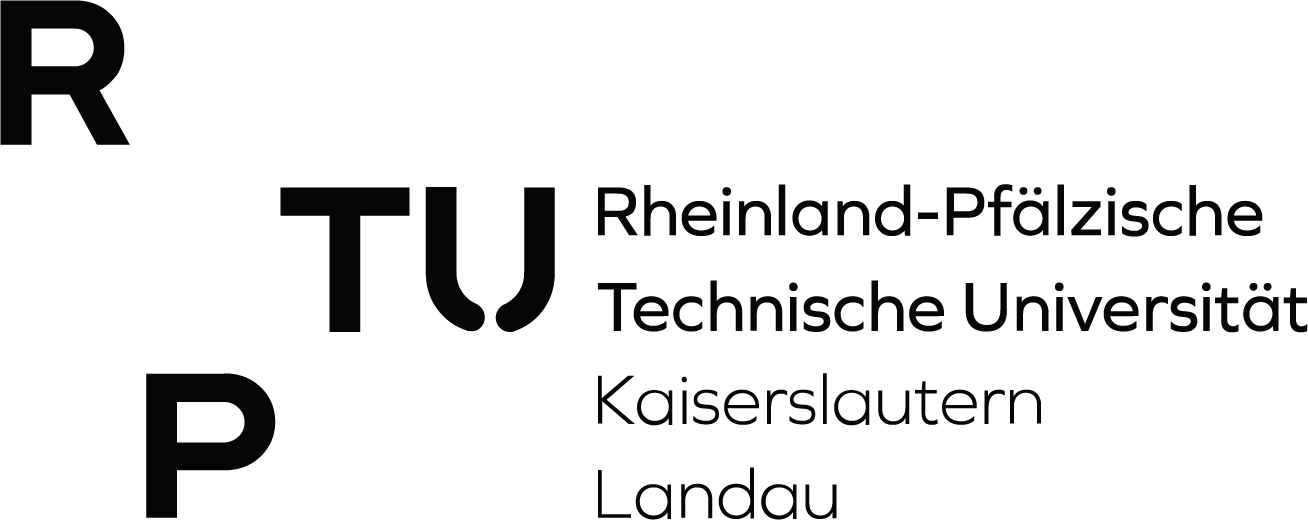Der Isfahaner Basar der Schneider im 19. Jahrhundert – dargestellt mit Schneidereien, Stoffhandlungen, angrenzenden Werkstätten und vorbeiziehender Kundschaft. Kupferstich nach Zeichnung von P. Coste, graviert von Cl. Sauvageot (1867), in: Pascal Coste: Monuments modernes de la Perse, mesurés, dessinés et décrits, Paris: A. Morel / Imprimerie Lemercier, 1867, Pl. XLV: Bazar des Tailleurs, Ispahan, Digitalisat, gemeinfrei.
Die gebaute Arbeit: Arbeitsräume in der Architektur
Work and Space in the Architecture of the Premodern Orient
This course explores workspaces within the urban context of premodern societies in the cultural sphere often referred to as the Orient, focusing primarily on the period between the 8th and 18th centuries. It examines places of production, exchange, and commerce—including bazaars, caravanserais, workshops, scriptoria, and storage buildings—to explore how economic, social, and religious practices shaped architecture and urban space, and conversely, how built forms structured labor, visibility, and participation.
These spaces are read as culturally encoded architectures in which order, everyday life, and social dynamics converge. Smaller productive environments—such as the textile workshops of Cairo’s Citadel or the Madrasa of Herat as places of intellectual work—are also c
The analysis includes cities such as Isfahan, Aleppo, Cairo, Samarkand, Bursa, and Fez and is linked to influential figures such as Baha‘ al-Din Naqshabandi, Mimar Sinan, Nizam al-Mulk, and Tughra’i, whose architectural practice significantly shaped the urban fabric of the region.
The aim is a historically grounded and critically reflective engagement with the built economy of premodern cities in the Orient. The course offers a perspective on architecture as a medium of social organization—beyond functionalist interpretations and Eurocentric spatial concepts.
